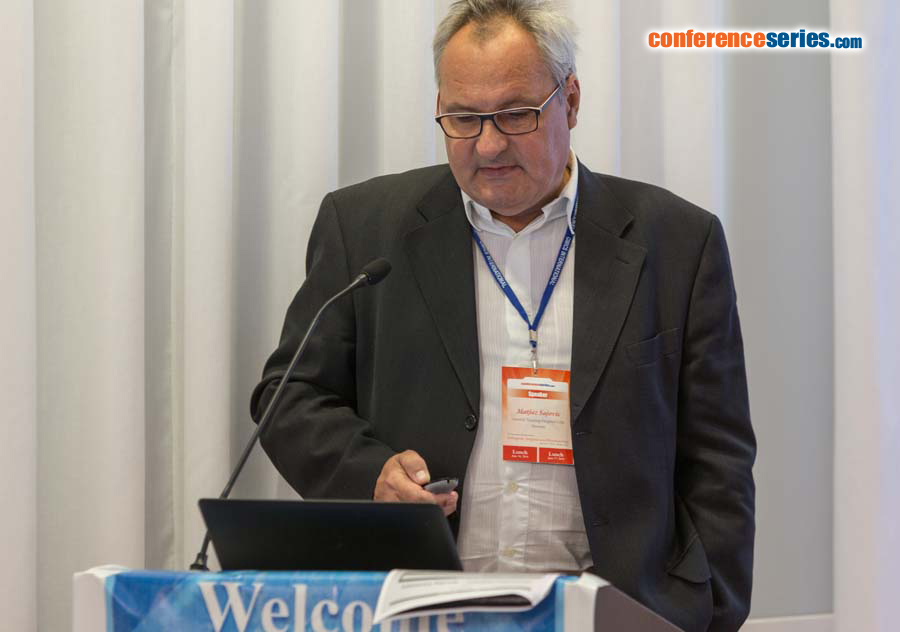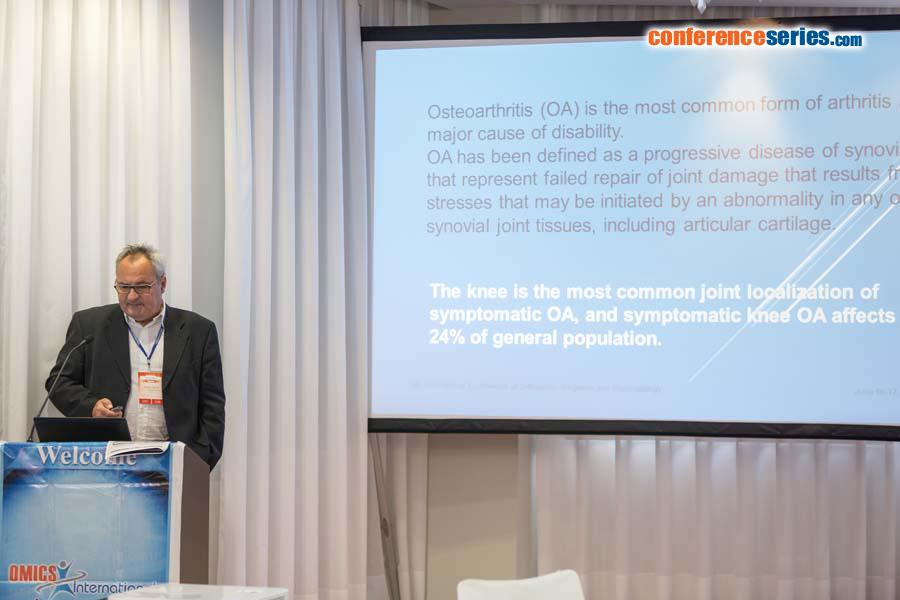
Matjaz Sajovic
General Teaching Hospital Celje
Slovenia
Title: An Algoritem for the management of Knee Osteoarthritis
Biography
Biography: Matjaz Sajovic
Abstract
A clinical diagnosis of Osteoarthritis can be made by focusing on the following six clinical symptoms and signs: persistent knee pain, limited knee stiffness (<30 minutes), reduced function, crepitus, restricted movement and bony enlargement. The majority of patients can be managed adequately by following treatment algorithm recommended by the European League against Rheumatism (EULAR) and European Society for Clinical and Economic Aspects of Osteoporosis and Osteoarthritis (ESECEO). Basic principles consist of the need for a combined pharmacological and non-pharmacological treatment with a core set of initial measures, including information access/ education, weight loss if overweight and an appropriate exercise program. Four multimodal steps were then established. Step 1 consists of background therapy, either non-pharmacological (physical therapy) or pharmacological treatment. The latter consists of chronic Symptomatic Slow-Acting Drugs for OA (SYSADOA) with paracetamol at-need; topical NSAIDs are added in the still symptomatic patient. In patients with varus deformity and medial compartment knee disease, open high tibial osteotomy is recommended. Step 2 consists of the advanced pharmacological management in the persistent symptomatic patient and is centered on the use of oral COX-2 selective or non-selective NSAIDs, chosen based on concomitant risk factors, with intra-articular corticosteroids or hyaluronate for further symptom relief if insufficient. In Step 3, the last pharmacological attempts before uni-compartmental or total knee replacement are represented by short-term weak opioids and other central analgesics. Finally, Step 4 consists of end-stage disease management and surgery, with classical opioids as a difficult-to-manage alternative when surgery is contraindicated.
Speaker Presentations
Speaker PPTs Click Here




